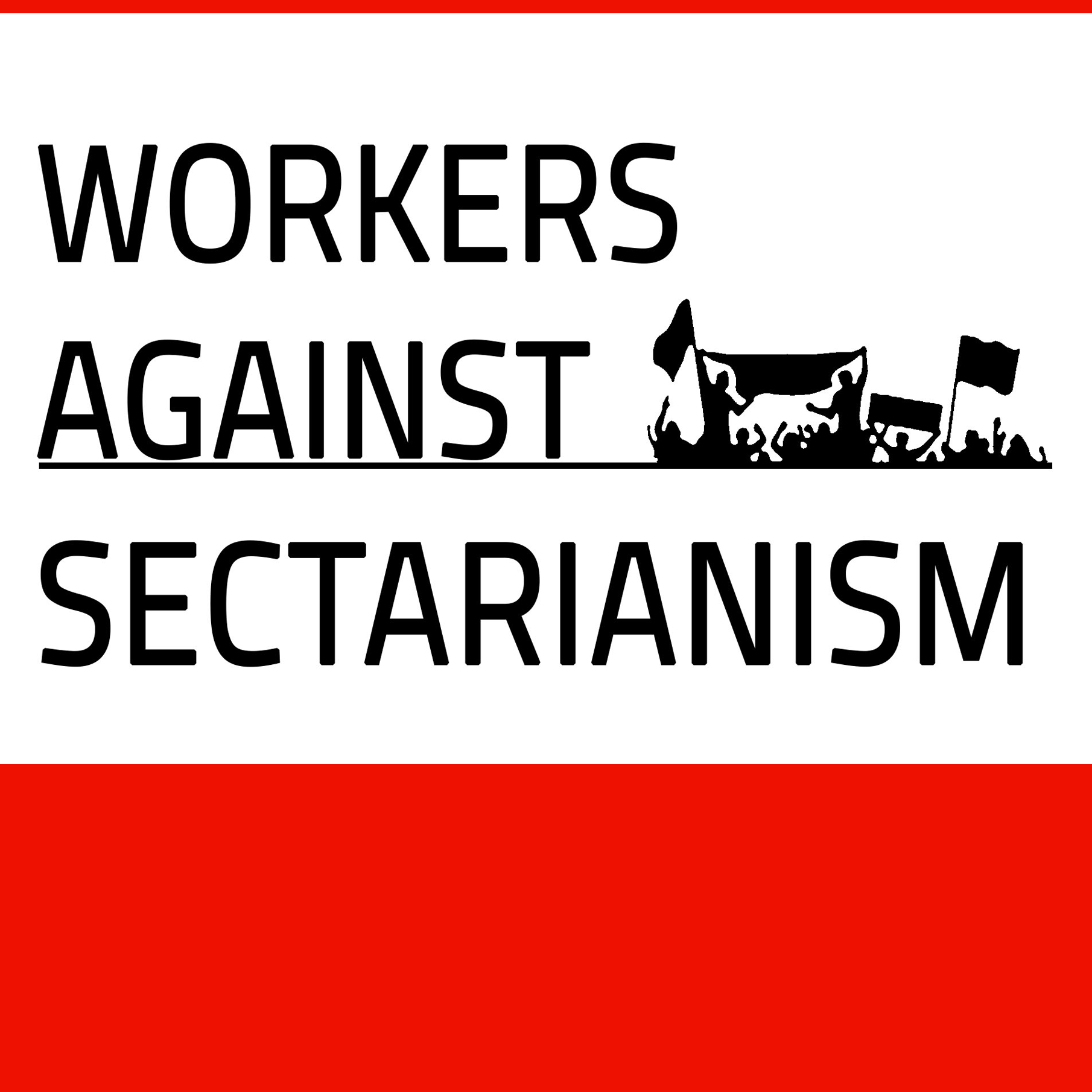BAGHDAD — From Baghdad to the Shiite Muslim shrine city of Karbala and farther south, Iraqis are pushing for a revolution. They fill central squares to sing and dance from daybreak, and face down riot police when night falls.
By Louisa Loveluck and Mustafa Salim
Iraq’s streets are no stranger to power struggles. They’ve been a stage for sectarian conflict and for the Islamic State’s emergence. But the crowds are different this time, and so is the threat now posed by the largest grass-roots movement in Iraq’s modern history: A new generation raised in the shadow of the U.S.-led invasion is rising, and politicians from Baghdad to Tehran have been caught on the back foot.
“To the generation of the sixties and seventies,” reads a sign flying high above Baghdad’s central square. “We have more courage than you.”
Although the unrest is confined to mostly Shiite areas, leading clerics for once have not marshaled it, and Shiite-dominated Iran, a powerful political and security force here, has been openly excoriated. The Iranian Consulate in Karbala has been torched and its national flag ripped down. In scenes reminiscent of the fall of Saddam Hussein, protesters have used their shoes to beat photographs of Tehran-backed militia leaders.
“If anything, these protests have challenged the sectarian formula of governance, which has reduced Iraqis to their ethnic and religious identities,” Harith Hasan, a nonresident fellow at the Carnegie Middle East Center, wrote in a research note. Under Iraq’s political system, power is split among parties based on sect, and economic spoils are divided accordingly………………………………………
Read more about it from the source: washingtonpost

 Nominating a new parliament speaker without any immediate solutions since last year, 2023.
Nominating a new parliament speaker without any immediate solutions since last year, 2023. On the memory of the genocide that the marshes were subjected to, who are the Ahwarians?
On the memory of the genocide that the marshes were subjected to, who are the Ahwarians? Muqtada al-Sadr’s militia attack the Green Zone in Baghdad
Muqtada al-Sadr’s militia attack the Green Zone in Baghdad The environmental activist Jassim al-Asadi, who seeks to protect the marshes in Iraq, has been kidnapped on 1/2/2023.wed
The environmental activist Jassim al-Asadi, who seeks to protect the marshes in Iraq, has been kidnapped on 1/2/2023.wed Working women in Iraq – the way to work is not safe
Working women in Iraq – the way to work is not safe Urgent: Total chaos inside Iraq, imposing a curfew, general closure of all government institutions, in addition to leaving most of the embassies of foreign countries in Baghdad.
Urgent: Total chaos inside Iraq, imposing a curfew, general closure of all government institutions, in addition to leaving most of the embassies of foreign countries in Baghdad.














